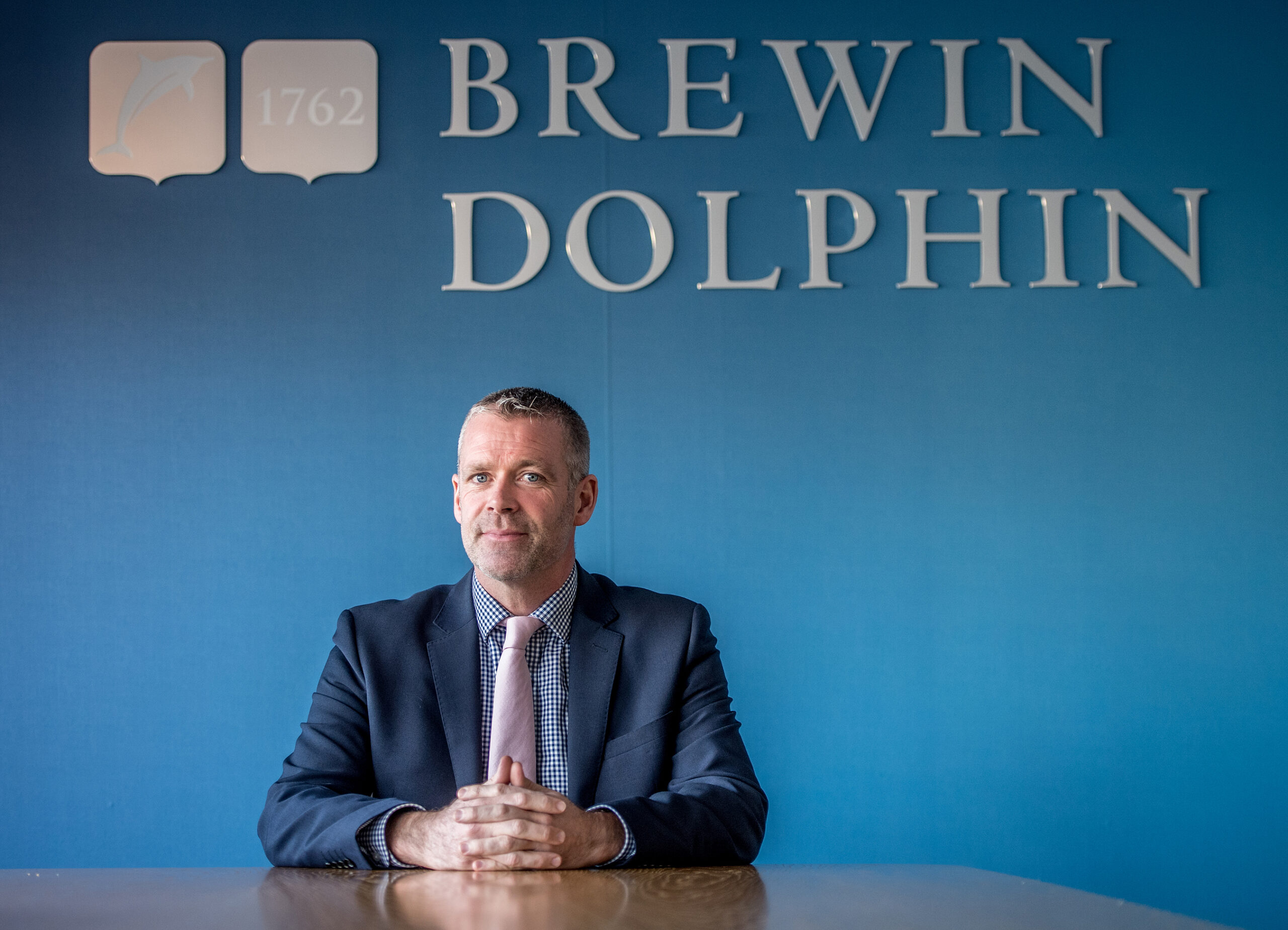If you’re approaching retirement, one of the biggest questions you’re likely to have is, “Have I saved enough?”
There’s no golden rule for how much money you’ll need in retirement, as much will depend on when you retire, what you plan to do in retirement, and how long you live. However, having a rough idea of how much income the average retiree needs, and how to generate it, is a good place to start.
The Pensions and Lifetime Savings Association has calculated that to fund a ‘comfortable’ retirement, the average single person would need £33,000 a year and the average couple would need £47,500 a year.
How much income will my pension provide?
According to our own analysis, a 66-year-old retiring with a £500,000 pension who opts for income drawdown could draw £31,000 a year until age 87. This assumes annual investment growth of 5% after fees and that the income increases with inflation. The same individual could draw £25,000 a year until age 95.
If their pension was worth £1m, the corresponding figures would be £62,000 and £50,000 a year, respectively.
In contrast, someone who buys an annuity at age 66 could expect retirement income of just under £20,000 a year from a £500,000 pension or around £39,000 a year from a £1m pension.
These figures are lower than the corresponding income drawdown figures, but it’s important to note that annuity income is guaranteed for life. With income drawdown, the value of your pension could fall and there’s a risk you’ll run out of money.
It’s possible to take a ‘mix-and-match’ approach to retirement income, for example buying an annuity to generate income for essential expenditure and using income drawdown for discretionary spending.
How can I make up a shortfall?
Income in retirement can come from other sources, not just your pension. So, if your pension pot is not as big as it needs to be, you might be able to supplement your income with other savings and investments.
ISAs, for example, can be a valuable source of retirement income. Although ISAs do not benefit from tax relief on contributions, withdrawals are completely free from tax. And, unlike pensions, there is no limit to the amount you can accumulate in ISAs in your lifetime.
This means ISAs can provide a substantial tax-efficient income that can allow you to leave your pension fund untouched in your first years of retirement, potentially giving it longer to grow.
Other income sources to consider include cash savings accounts, shares, bonds and property income, as well as the state pension, which is around £9,350 a year for those who qualify for the full rate.
If your retirement pot still isn’t as big as you hoped it would be, then you might want to think about boosting your pension over the next few years, for example by diverting work bonuses into your pension through salary sacrifice.
You don’t pay income tax or national insurance on ‘sacrificed’ salary, making this a highly tax-efficient way of making pension contributions. Salary sacrifice could be particularly attractive when the new health and social care levy comes into effect in April 2022. This will see employee national insurance contributions rise by 1.25%.
Meanwhile, ‘phasing’ your retirement, by working a few days a week and using non-pension savings to top up any income gaps, could also help to make up a shortfall in your retirement savings.
Determining how much income you’re likely to need in retirement is no easy feat. If you’re unsure about whether your pot is big enough, how to make up a shortfall or the best way of accessing your pension, seek financial advice.
Contact Graeme Milne by calling 01224 267900, or emailing: graeme.milne@brewin.co.uk.
The value of investments, and any income from them, can fall and you may get back less than you invested. Tax treatment depends on the individual circumstances of each client and may be subject to change in the future.
Neither simulated nor actual past performance are reliable indicators of future performance. Information is provided only as an example and is not a recommendation to pursue a particular strategy. Information contained in this document is believed to be reliable and accurate, but without further investigation cannot be warranted as to accuracy or completeness.
Brewin Dolphin Limited is authorised and regulated by the Financial Conduct Authority (Financial Services Register reference number 124444).

